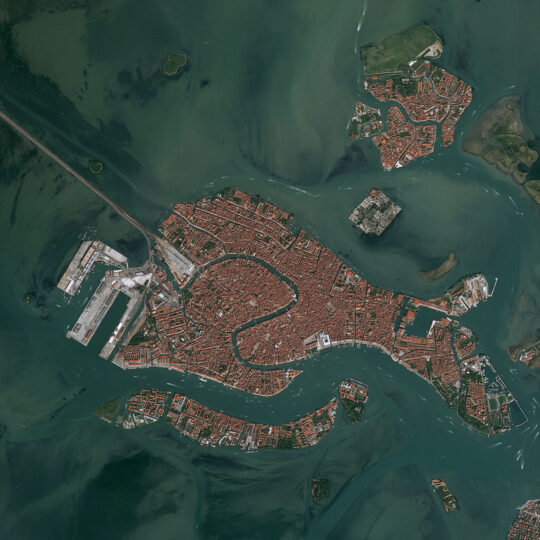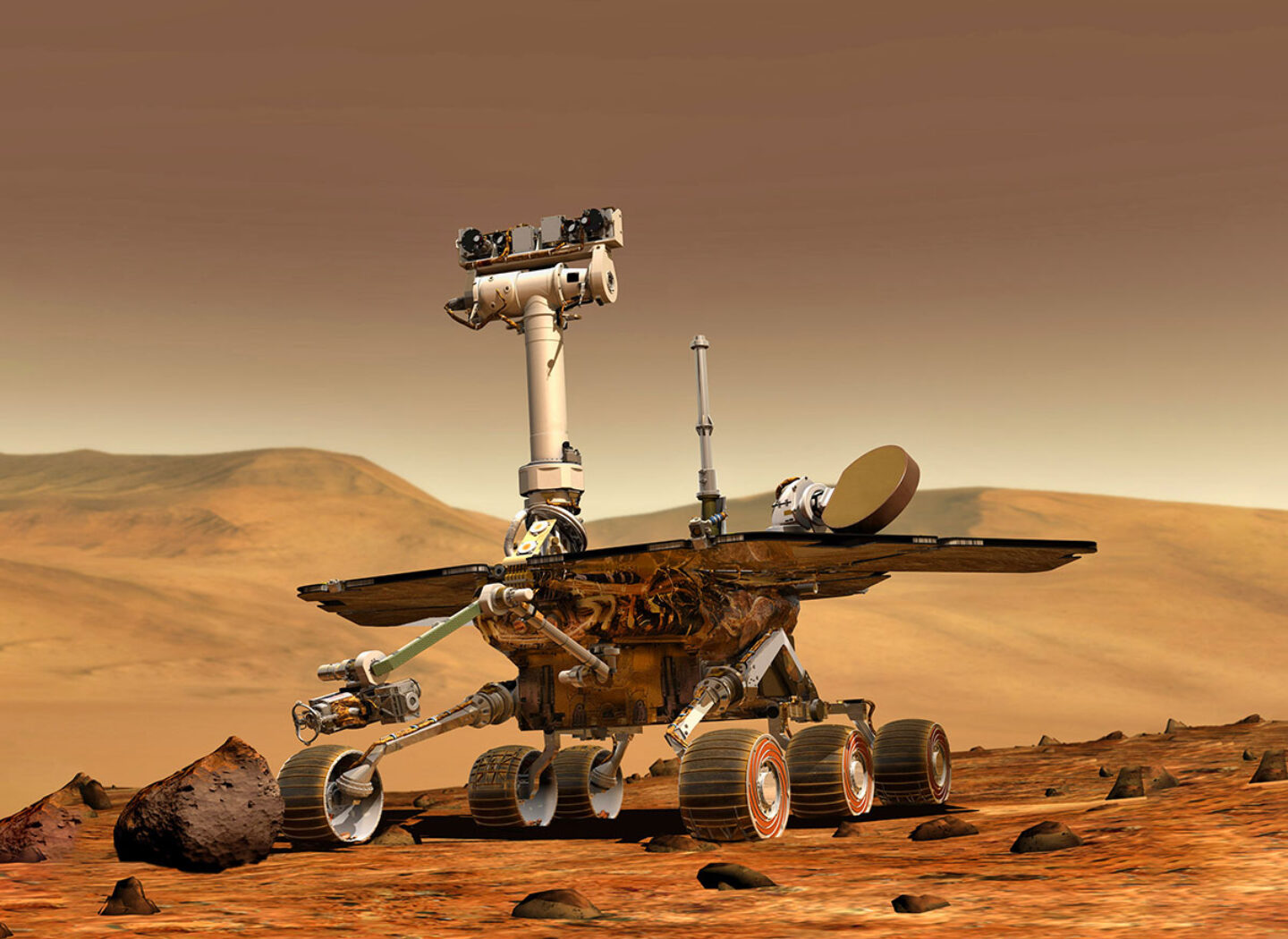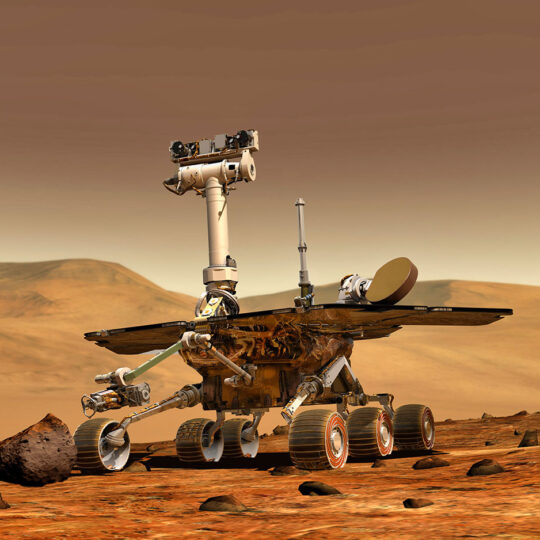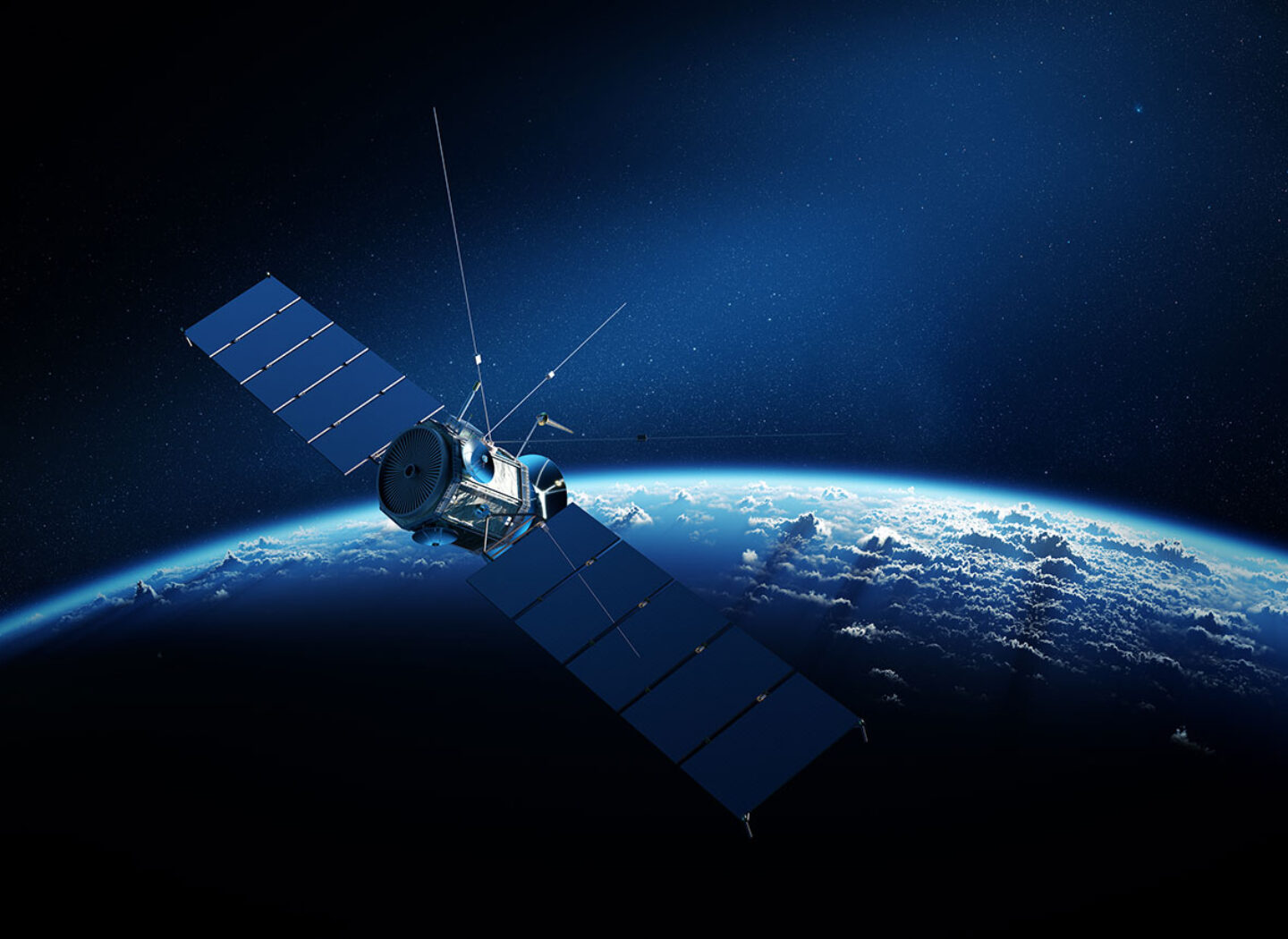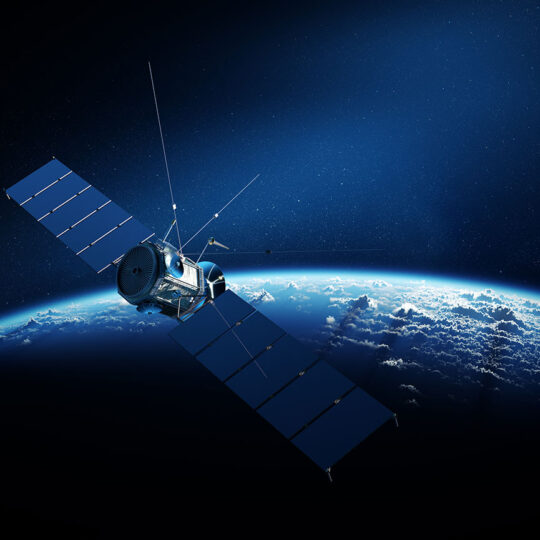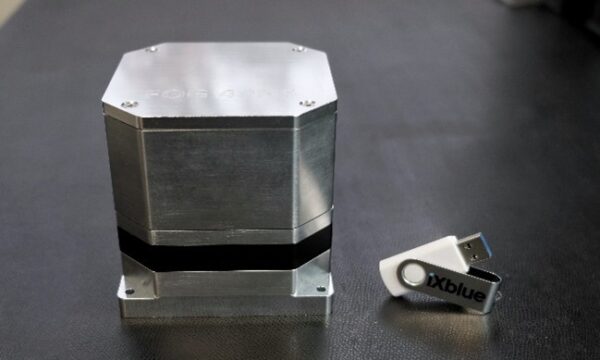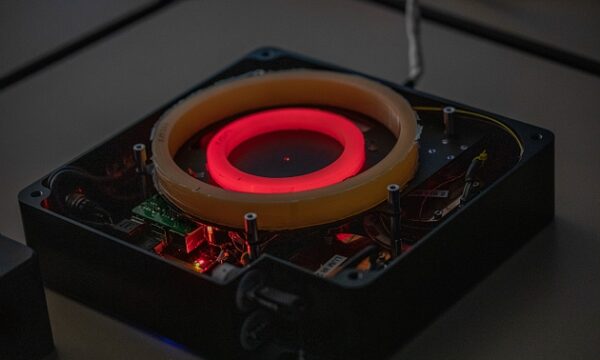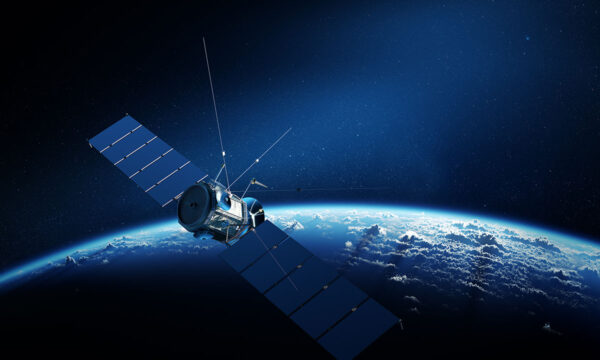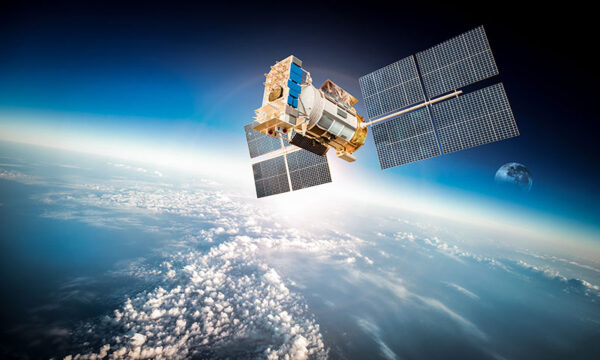Inertial Navigation for Space
INS for launchers, Astrix gyroscopes and IMU
Get more information with

Linkedin account
Guillaume Lecamp
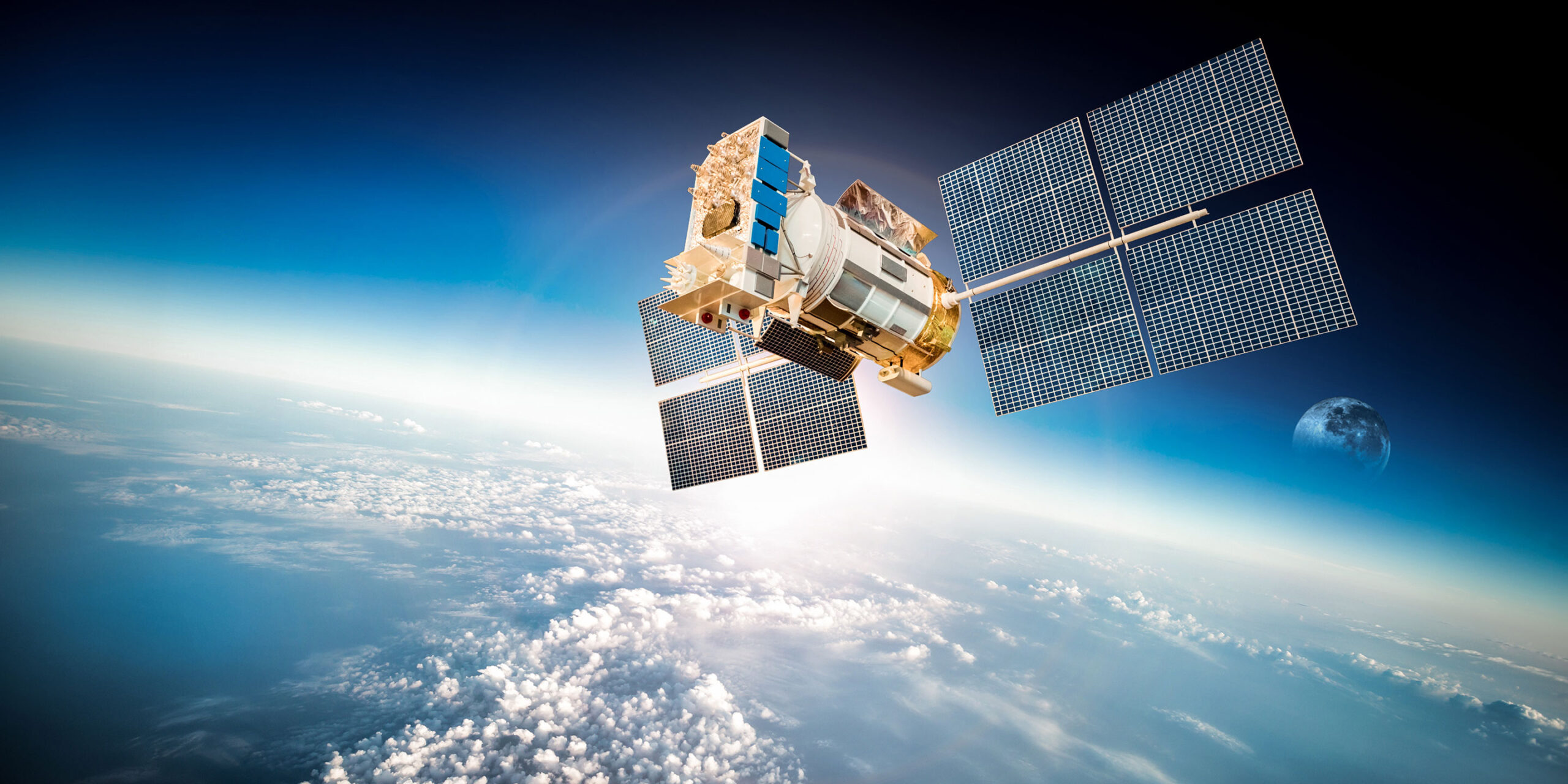
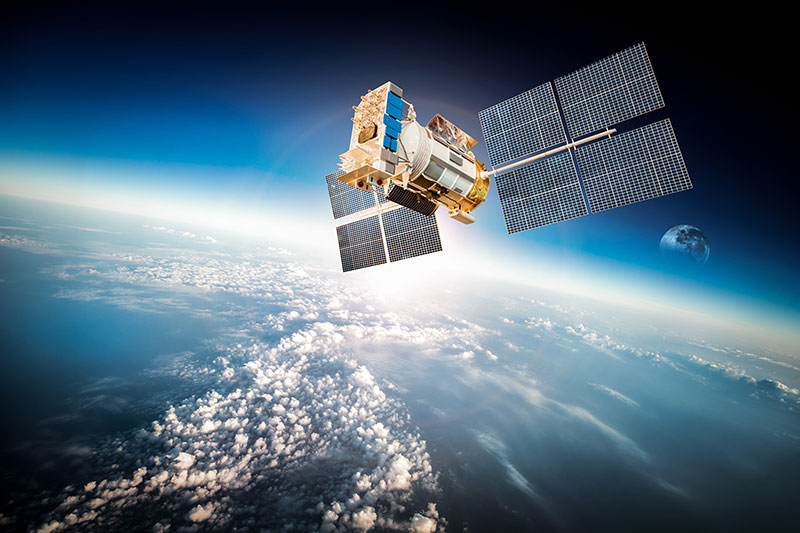
iXblue is a leading manufacturer of high-performance inertial navigation systems for space applications.
iXblue has designed and manufactured for 20 years the Astrix gyroscopes in partnership with Airbus Defence & Space. The Astrix gyroscopes, based on iXblue FOG technology, is suitable for a large spectrum of space applications from Low Earth Orbit (LEO) to Geostationary Earth Orbit (GEO) and even Lagrange points. They are designed to withstand the challenges of harsh and radiative space environments. iXblue has also developed and qualified a safety Inertial Navigation System for launcher, which is on board all Ariane 5 since 2020 and in Ariane 6 from 2022. Finally, iXblue is developping the first European, cost-effective IMU for space applications.
Specifications

|

|

|
|
|---|---|---|---|
| Size | 100 x 100 x 100 mm | φ 263 mm x h 192 mm | Sensor φ 330 mm x h 280 mm and elec 150 mm x 145 mm x 295 mm |
| Mass | 1.4 kg | 4.5 kg | 12.7 kg |
| Power consumption (EOL) | 7 W | 13.5 W | 22.5 W |
| ARW | 0.005 °/√h | < 0.005 °/√h | < 0.0001 °/√h |
| Bias stability over 1 h (steady temperature) | < 0.005°/h | < 0.01 °/h | < 0.0005 °/h |
| Bias stability end of life (all effects included) | 0.2 °/h | 0.3 °/h | |
| Scale factor stability after launch @ 3σ (all effects included) | <200 ppm | 300 ppm | 30 ppm |
| Scale factor linearity @ 3σ | <200 ppm | 500 ppm | 10 ppm |
| Measurement range (full performances) | 60°/s qualified. Higher speed on demand | 60°/s qualified. Higher speed on demand | 60°/s qualified. Higher speed on demand |
| Start up time | < 1 s | < 3 s | < 3 s |
| Ask for quote | More info | More info |

|

|

|
|
|---|---|---|---|
| Size | 100 x 100 x 100 mm | φ 263 mm x h 192 mm | Sensor φ 330 mm x h 280 mm and elec 150 mm x 145 mm x 295 mm |
| Mass | 1.4 kg | 4.5 kg | 12.7 kg |
| Power consumption (EOL) | 7 W | 13.5 W | 22.5 W |
| ARW | 0.005 °/√h | < 0.005 °/√h | < 0.0001 °/√h |
| Bias stability over 1 h (steady temperature) | < 0.005°/h | < 0.01 °/h | < 0.0005 °/h |
| Bias stability end of life (all effects included) | 0.2 °/h | 0.3 °/h | |
| Scale factor stability after launch @ 3σ (all effects included) | <200 ppm | 300 ppm | 30 ppm |
| Scale factor linearity @ 3σ | <200 ppm | 500 ppm | 10 ppm |
| Measurement range (full performances) | 60°/s qualified. Higher speed on demand | 60°/s qualified. Higher speed on demand | 60°/s qualified. Higher speed on demand |
| Start up time | < 1 s | < 3 s | < 3 s |
| Ask for quote | More info | More info |

